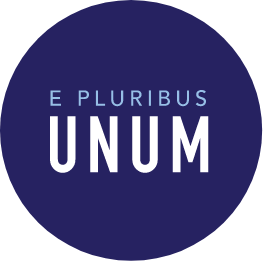Policy Summary
This policy category includes policies that provide cash income supplements, universal child benefit programs, as well the universal basic income program. Many versions of these policies exist, and typical features include a base level payment provided on a given recurring schedule, the regular cost of living increases, and eligibility regardless of work status. The amounts vary by proposal ranging from $500 a month to models suggesting as much as $1,000 a month.
Case for Equity
Return on Investment

Return on Investment for this policy is rated as LOW to MEDIUM. Because of the extreme variation in potential models, the possibility for eliminating other safety net programs, the large costs, and the indeterminate impacts of these combinations, it is possible that the policy could yield a range of outcomes. It is likely that this policy could incur major cost outlays and possible revenue losses while yielding major positive impacts for participants. Simultaneously, it is possible that the policy could create negative outcomes if the structure is too restrictive/limited.
Research Base

The research base is rated as being LOW but promising. Sufficient evidence from related subject areas exists, as well as strong (although limited in number) individual evaluations that directly assess the policy’s outcomes.
State & Local Ease of Implementation

This policy is rated as having a MODERATE to HARD level of ease of implementation. Enacting a UBI would, in most communities, require surmounting significant political barriers and, in any community, would require the creation of systems of implementation and monitoring. However, the ability to implement it at multiple levels makes for a higher potential for adoption.
